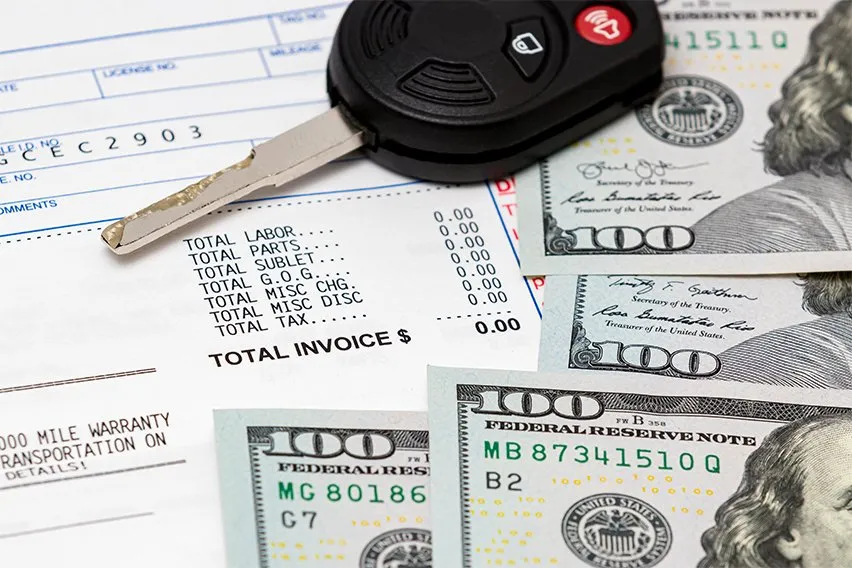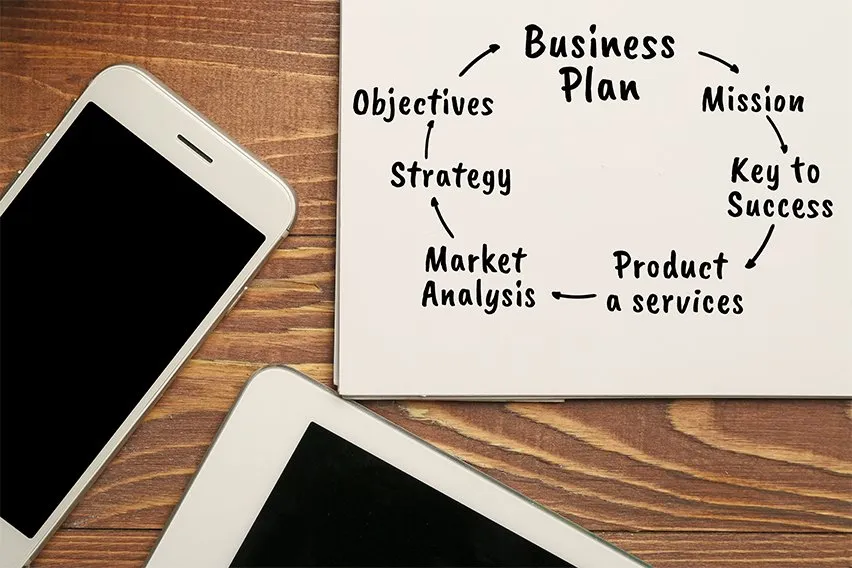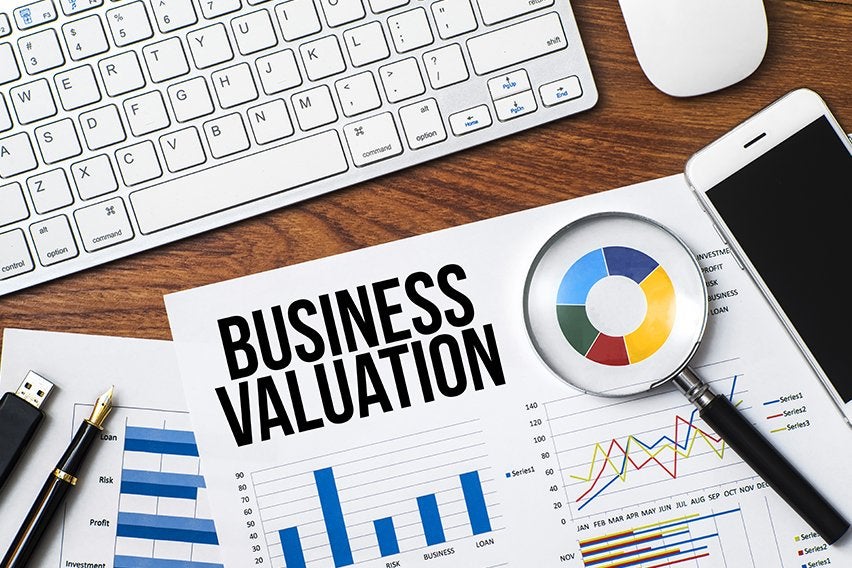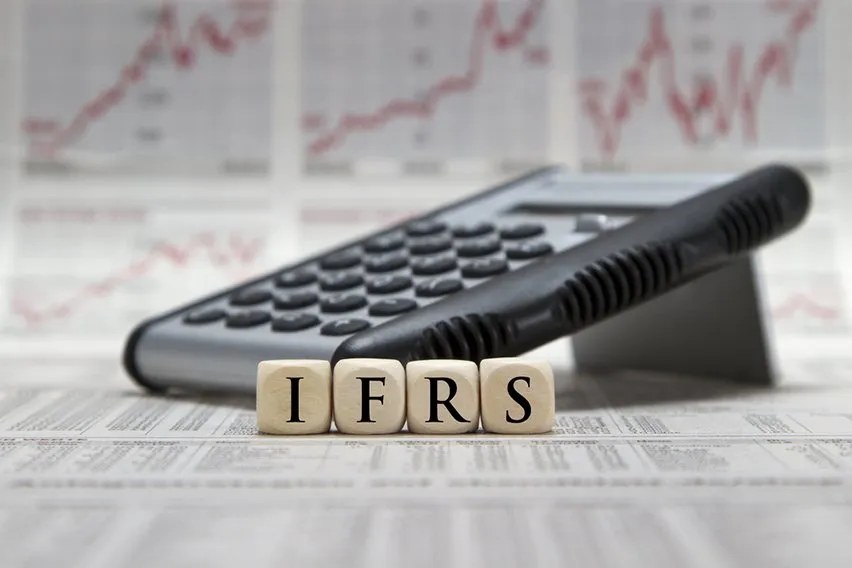What Is Cost Breakdown Structure?

All businesses incur costs. It’s just a natural part of the business cycle. The old saying goes, “You have to spend money to make money.” There’s more to it than that though! Knowing how you’re spending money plays a big part. As such, all business owners should have a good grasp on cost breakdown analysis. If you’re looking to improve your business’s spending, keep reading to learn more about breaking down costs.
Here’s What We’ll Cover:
What is a Cost Breakdown Structure?
Why is a Cost Breakdown Important?
Benefits of Using Cost Breakdown Analysis and Structures
Limitations of Cost Breakdown Analysis
What Is a Cost Breakdown?
The cost breakdown definition is exactly what it sounds like. It is the process of breaking down all of the costs associated with a business activity or product. This can involve more costs than you’d think, though. While there are production costs related to any good or service, there are also less obvious costs. All costs can be broken down into one of two categories.

Direct Costs
Direct costs, or direct expenses, are directly related to a product. A direct cost should only be relevant to a single product, though. This means that a material cost is a direct cost. However, the oversight of production is not. Production review is almost never related to a single process or product. Some examples of direct costs are:
- Material costs
- Direct labour costs
- Manufacturing supplies
Indirect Costs
Indirect costs, or indirect expenses, cannot be tied to the production of an item. They are a bit harder to define for most businesses. However, they all fall under the business expenses section on the income statement. Some examples of indirect costs are:
- Rent expenses
- Utility expenses
- Administrative requirements
What is a Cost Breakdown Structure?
A cost breakdown structure is how costs are organized and displayed in a cost breakdown analysis. A business has to choose how to represent its costs in the event of a breakdown analysis. You’ll find the cost breakdown structure used most often during a project cost breakdown. Costs can be broken down in a number of ways, depending on the project and the business. Sometimes, this structure can be referred to as a cost breakdown chart.
Creating a Cost Breakdown Structure
In most cases, the hierarchy of costs is broken down into the categories listed above. When looking at a project using direct costs and indirect costs, it’s easy to see where money is being spent. Cost estimates rely on a cost breakdown structure for accuracy.
For example, knowing what the average cost for materials and labour is necessary for any job. Without this information, you can’t provide an estimate to a customer. Additionally, you would have a hard time explaining your fees without a breakdown.
Why is a Cost Breakdown Important?
Cost breakdowns are important to any business. Without a cost breakdown, you may not know whether or not a product or project should be pursued. As such, it’s important to use cost breakdowns in your business. This is true regardless of industry, product, or project.
Why is a Cost Breakdown Structure Important?
Often, you’ll find that companies don’t utilize a cost breakdown structure. This can be detrimental to the business as a whole. A thorough cost breakdown structure provides a business complete oversight of their expenses.
If a cost breakdown structure isn’t used, then there may be costs that go without monitoring. This can become a problem for businesses. The last thing any business owner wants is to pay unnecessary expenses.
Cost breakdown structures are important because they tell you what is the highest cost for any subject.
Figures Needed for Cost Breakdown Structures
When you’re creating a cost breakdown analysis, you’ll need a number of different figures for accurate results. The cost breakdown structure should provide representation of direct costs and indirect costs. This can be somewhat difficult to ascertain, however.
Again, direct costs are the items that directly relate to the product or project. They’re easy to define, and they are obvious. However, the trouble lies within the indirect costs. You may be surprised to learn that administrative costs are part of any project or product. So are all of the costs related to sales, marketing, and general operations. This is why a cost breakdown structure is necessary.
When you use a cost breakdown structure, you can categorize everything as a direct cost or an indirect cost. Many software options will provide you with subcategories for these, as well. This makes your job even easier.

Benefits of Using Cost Breakdown Analysis and Structures
When you use a cost breakdown analysis, you begin to see true costs for your business. This can help you make more informed business decisions. When you’re trying to meet a cost objective, you can review the breakdown structure. It allows you to pinpoint what costs can be cut, and which are negligible in relation to the project or product.
Limitations of Cost Breakdown Analysis
Cost breakdown analysis can become a problem when you can’t identify all of your costs. Identifying all costs can be a problem, even with a thorough structure. This is why using a predefined structure is highly recommended. It helps you cover all the blind spots associated with your subject.
Key Takeaways
A cost breakdown structure is an underutilized part of cost breakdown analysis. It is a thorough way to represent all of the costs associated with any product or project. When using a cost breakdown structure, it’s important to know all of your direct and indirect expenses. If you need more information like this, be sure to check out our resource hub! We have many articles that can help you get your business on the right track. Check it out today!
RELATED ARTICLES


 9 Essential Components of a Business Plan
9 Essential Components of a Business Plan Understanding the Top Business Valuation Methods
Understanding the Top Business Valuation Methods ASPE Vs IFRS: What’s the Difference?
ASPE Vs IFRS: What’s the Difference? Push Vs Pull Strategy: What’s the Difference?
Push Vs Pull Strategy: What’s the Difference? What Is a Suspense Account?
What Is a Suspense Account? Average Inventory: What It Is & How To Calculate It?
Average Inventory: What It Is & How To Calculate It?